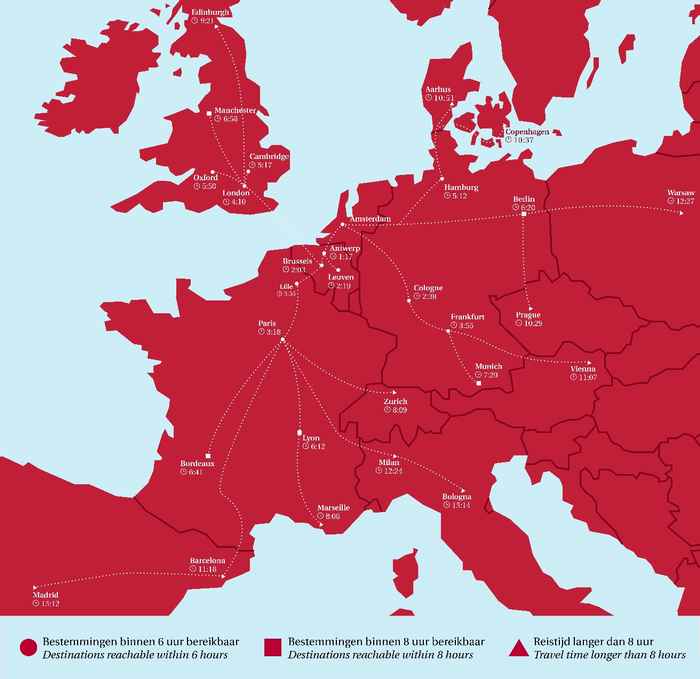Sustainable travel
University of Amsterdam staff who engage in official travel abroad cause almost 4,000 tonnes of CO2 emissions a year. This is almost 6% of the UvA’s total emissions. We believe it is important to reduce our carbon footprint. The aim of the UvA’s travel policy is to have reduced the CO2 emissions caused by official travel by 25% compared to 2019 levels in 2026.
